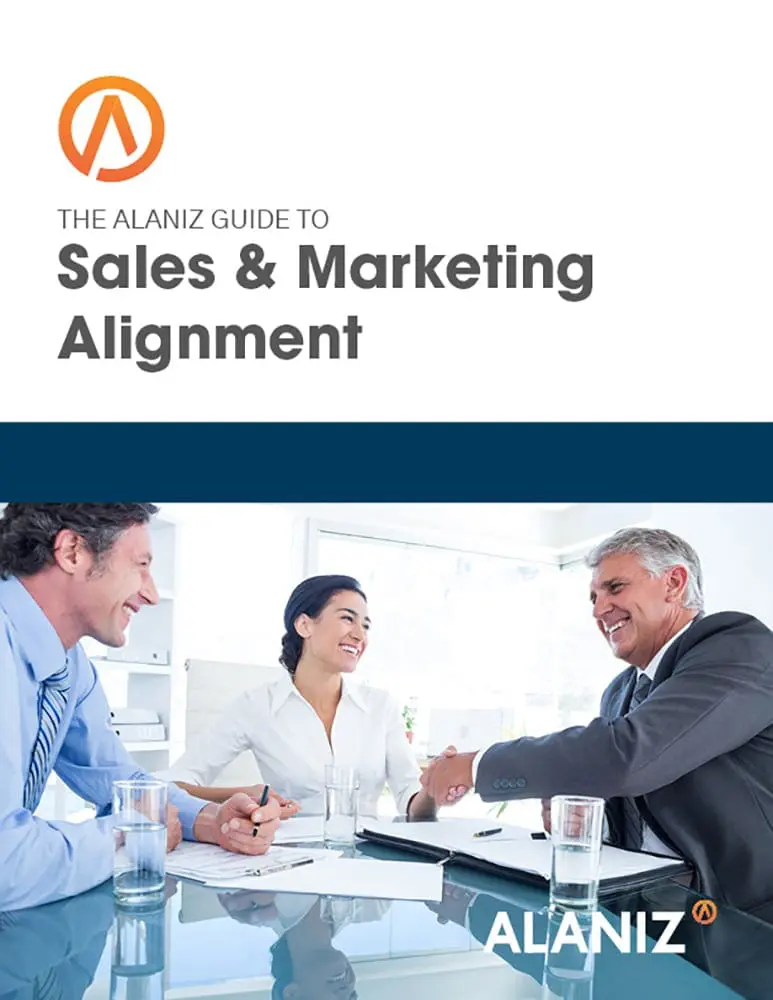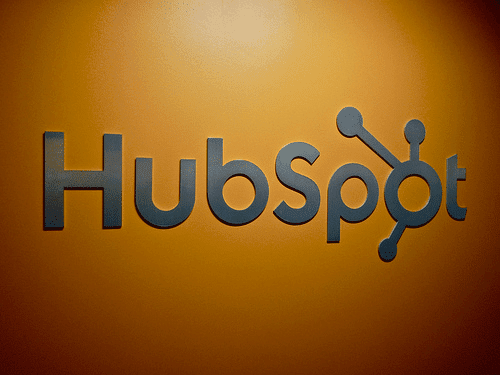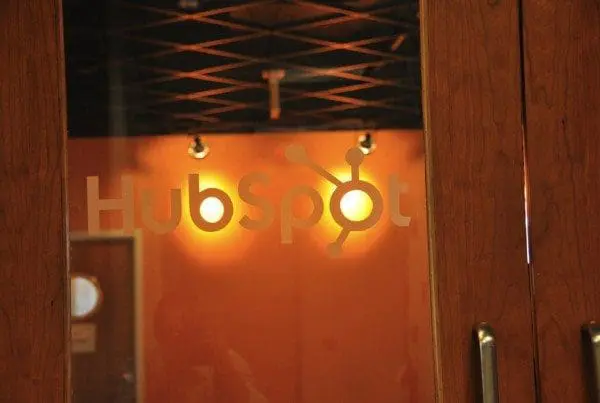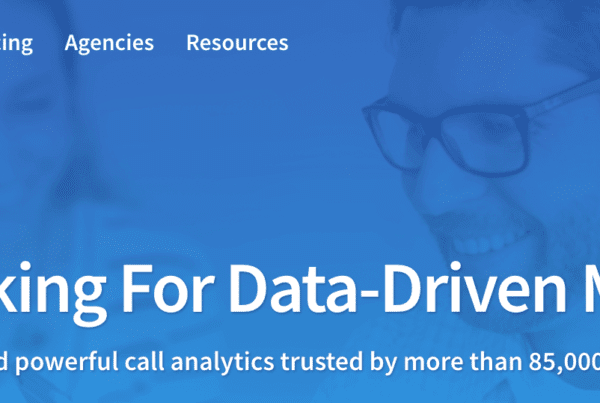This blog post is part of “The Ultimate Guide to Lead Generation” blog series.
The inbound marketing framework is a lead generation system designed to help businesses engage people as they look for solutions to their business and personal problems. The framework is aligned with the inbound marketing strategy, which recognizes the three stages of a buyer’s journey: an awareness that the buyer has a problem, consideration of various solutions, and a decision to purchase the solution that the buyer has decided is the right one.
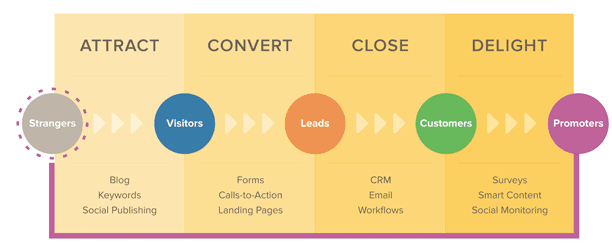 Source: HubSpot
Source: HubSpot
The inbound marketing framework is divided into three corresponding stages: attract people with content that helps them confirm that their problem is real and that solutions exist; convert these visitors into leads with content offers that are designed to help them understand their problem and discover solutions; and close these leads into new customers.
- Attract–The Attract stage aligns with the awareness stage of the buyer’s journey. Someone has a problem, they turn to a search engine to explore their problem. Questions they’re typically asking at this point are, “is my problem real,” and “do solutions exist.” Typical inbound marketing tactics for this stage are informational articles on blogs and web pages, and social media posts.
- Convert–Once someone has confirmed that their problem is real and that solutions exist, they likely start exploring various solutions that are available. Typical inbound marketing tactics here involve content offers such as product comparisons, reviews, guides and other tools that can help people evaluate different approaches to solving their problem. When someone asks for this kind of information, and is willing to give you their contact information in exchange for this kind of assistance, you know that they are more serious about purchasing something to solve their problem.
- Close–Once someone has explored the various solutions available to solve their problem, they will either decide which one to purchase or decide not to make a purchase at this time. This is where you might offer a pricing guide, product demo, in-person or telephone meeting, or a quote. When someone asks for this type of offer, this tells you that they are ready to choose a solution. This is the point at which in many cases marketing hands off the lead to the sales team.
- Delight–Delight takes the inbound framework beyond the purchase and has to do with customer loyalty and driving repeat business. This also goes a bit beyond the buyer’s journey because the buyer is now a customer. But the inbound framework doesn’t stop there. It is important to continue to engage customers with helpful information, top-notch customer support, special offers and other deliverables that will turn customers into fans and promoters for your brand.
The inbound marketing framework is built around how the majority of consumers and businesses buy products. They research online to find helpful information that will guide them to the best decision. It is a lead generation process that goes beyond traditional transactional selling and looks to assist buyers in ways that they are most comfortable–starting an online conversation that hopefully develops into a relationship. It is important to remember that people are not looking to be sold in the traditional sense until the later stages of the process, and to shape your content and offers accordingly.
This blog post is part of “The Ultimate Guide to Lead Generation” blog series.

